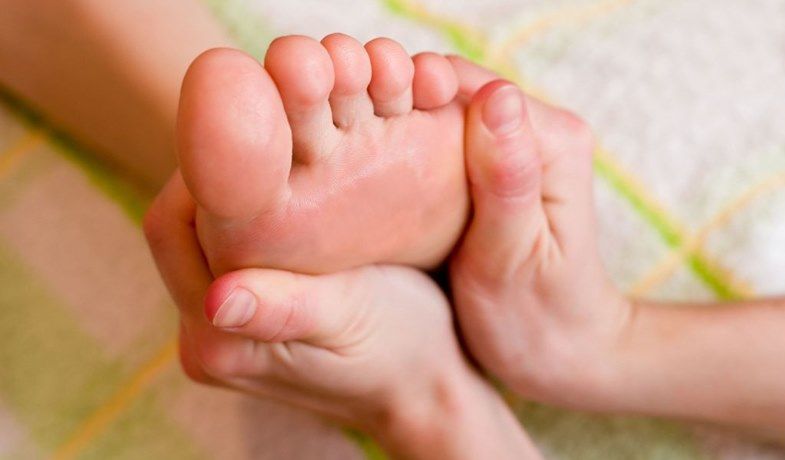But it doesn’t have to come to that point. There are several very effective measures that can avoid them. The reason why it predominantly affects women between 20 and 40 years old and, occasionally, children is still a mystery to science. It is not just very intense itching that characterizes this condition. Red, raised or blistered skin changes are visible signs of this skin reaction, which only begins hours later.
The face, neck and décolleté are most commonly affected, but the extensor sides of the arms and the backs of the hands are also frequently affected. Estimates suggest that more than 20% of the population suffers from it. The cause of sun allergy is still unclear. An immunological reaction is suspected in which so-called free radicals occur due to UV radiation. Skin reactions are triggered just 15 minutes after exposure to the sun, predominantly by UVA rays and, to a lesser extent, by UVB rays.
In case of recurrence, the same areas of the body are affected repeatedly, but new ones may appear. If the skin gets used to sunlight during the summer, the sun allergy disappears completely.
Sun allergy treatment
If you suspect a sun allergy for the first time, treatment should be carried out by a dermatologist. Finally, there are a number of other light-related skin diseases that need to be ruled out. Antihistamine tablets help against very intense itching, and a strong cortisone cream helps against skin changes. If you are planning a vacation in the sun, these medicines should also be in your first aid kit.
Once this occurs, the sun must be strictly avoided in the following days. A sunscreen with high protection against UVA light can prevent recurrence. Normal light stabilizers or calcium tablets are ineffective.
Sun prevention
The best therapeutic measure is prevention. There are two effective therapies for you to choose from. The skin gets used to the light by slowly increasing doses of UVA light, preferably daily. To avoid triggering sun allergy due to overdose, it is best to start this “hardening” in a dermatologist’s office four weeks before the start of sun exposure. The months of April and May are ideal for this.
Another therapy that can also be carried out in addition to phototherapy is the ingestion of beta-carotene capsules. Here too you should start early, as it takes several weeks for this vegetable dye to be stored protectively in the epidermis. The daily dose of 100 mg cannot be achieved by eating vegetables.
An Australian study showed that when 100 mg of beta-carotene was taken daily, 15% of those affected completely disappeared from sun allergy and 50% experienced an improvement.
Sun allergy is very distressing for those affected. In most cases, it can be prevented through effective prevention. Even though UVA and beta-carotene therapy are not sufficient in persistent cases, PUVA bath therapy available in some dermatology practices offers very good prevention.





